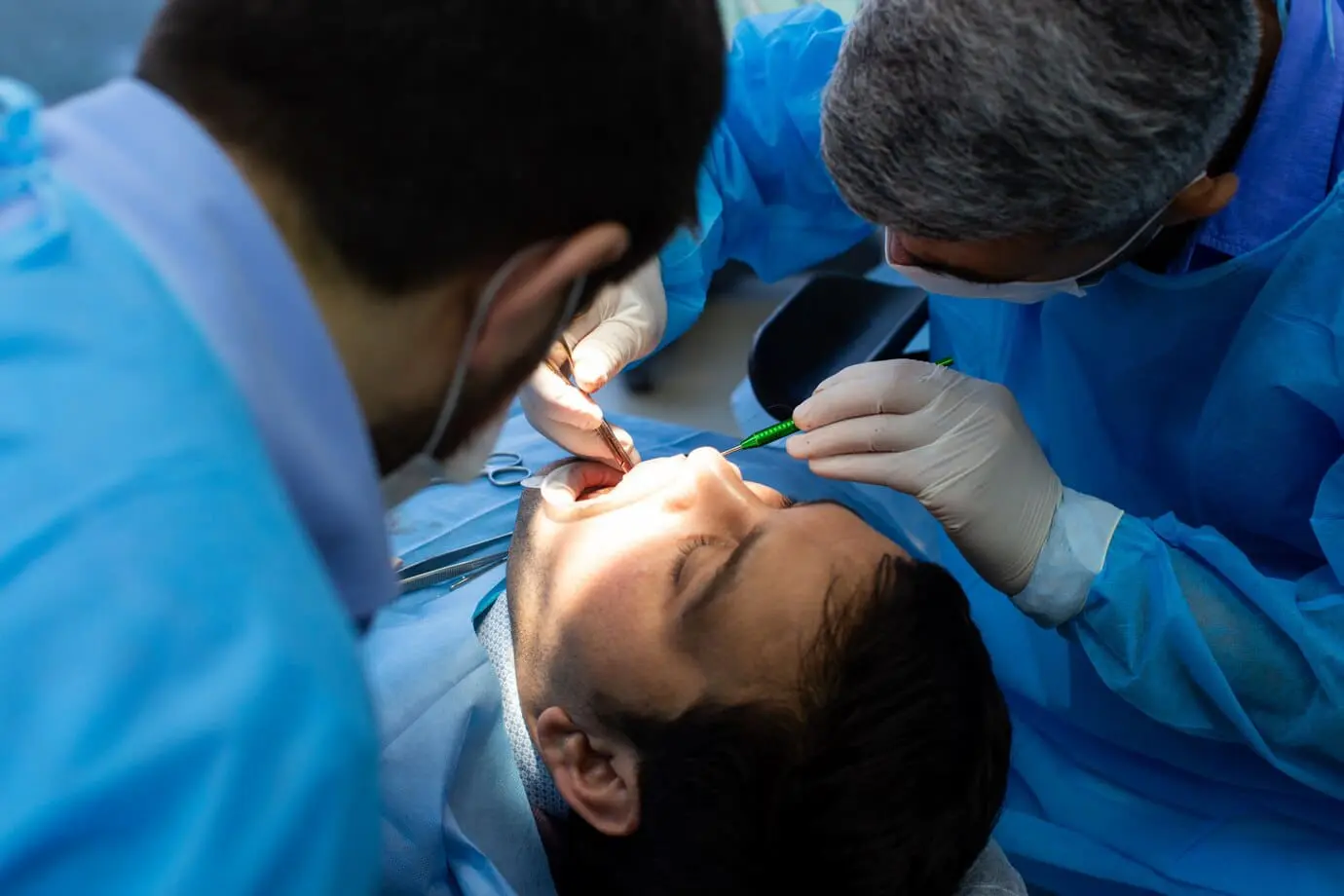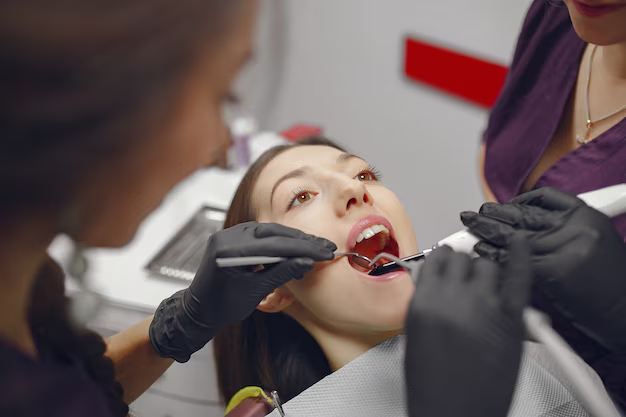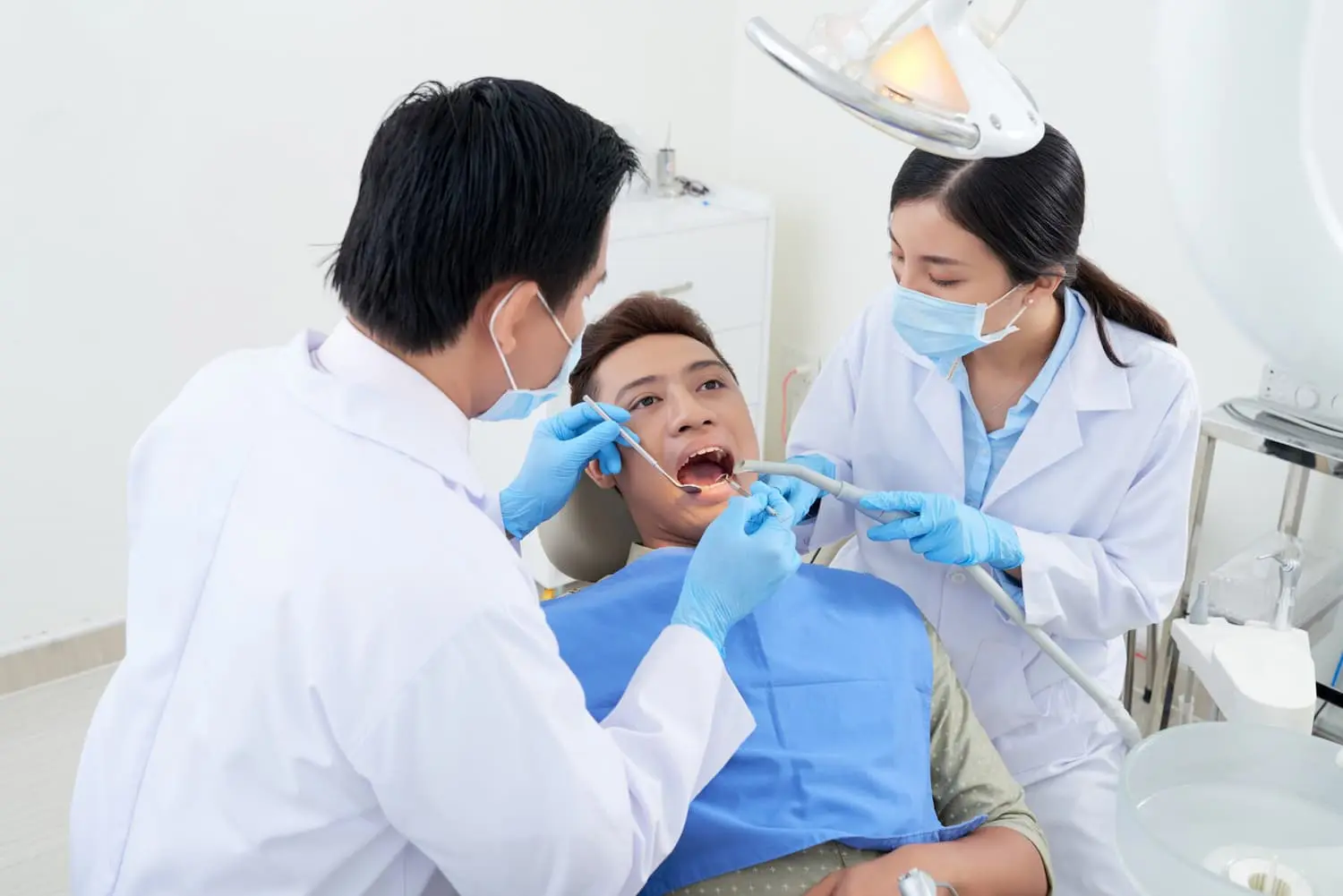
What Causes Tongue Thrust
Tongue thrust can occur because of both inherited and environmental factors.
Habits formed during early childhood frequently have a significant impact on its emergence. Common contributing factors include:

Types of Tongue Thrust
Various types of tongue thrust can influence oral health and dental alignment in distinct manners. The most prevalent form features the tongue positioned forward, which may result in gaps between teeth and disrupt bite alignment. Additionally, side-pressing patterns can develop, possibly causing crossbites and irregular dental wear. Each variation requires specific care and treatment approaches to ensure effective correction.
Symptoms and Diagnosis
A professional assessment is crucial for an accurate diagnosis of tongue thrust. Typical signs include noticeable gaps between teeth, incorrect bite alignment, and unique swallowing patterns. During the evaluation, dental specialists examine the positioning of the tongue while at rest, during speech, and while swallowing to assess the presence and severity of the condition.


Tongue Thrust in Children
Timely intervention is vital for children exhibiting signs of tongue thrust. A professional assessment by the age of 7 can help avert more serious developmental challenges in the future. If left unaddressed, tongue thrust can greatly affect dental growth and may necessitate more comprehensive treatment as the child matures.
Treatment Options for Tongue Thrust
Treatment strategies concentrate on reeducating tongue positioning and function via targeted therapy programs. Professional intervention may involve behavioral modification methods and personalized treatment plans tailored to meet individual requirements. Achieving success frequently depends on early identification and regular adherence to recommended exercises and therapies.

Myofunctional Therapy for Tongue Thrust


Long-Term Management and Prognosis
FAQ
How do I know if I have tongue thrust?
Indicators of tongue thrust include noticeable gaps between teeth, difficulties with normal swallowing, and speech issues such as lisping. It’s advisable to seek professional evaluation for an accurate diagnosis, as these signs may also represent other oral conditions.
Will my teeth straighten naturally if I correct my tongue thrust?
While addressing tongue thrust may help prevent further misalignment, any existing dental problems typically need professional intervention for correction. Schedule a free orthodontic consultation for kids with a specialist to explore your unique situation and treatment possibilities.
How can tongue thrust affect orthodontic treatment?
Tongue thrust can affect the success of orthodontic treatment by potentially hindering tooth movement and prolonging the duration of treatment. Professional assessment and simultaneous management of tongue thrust may be required for the best results.

